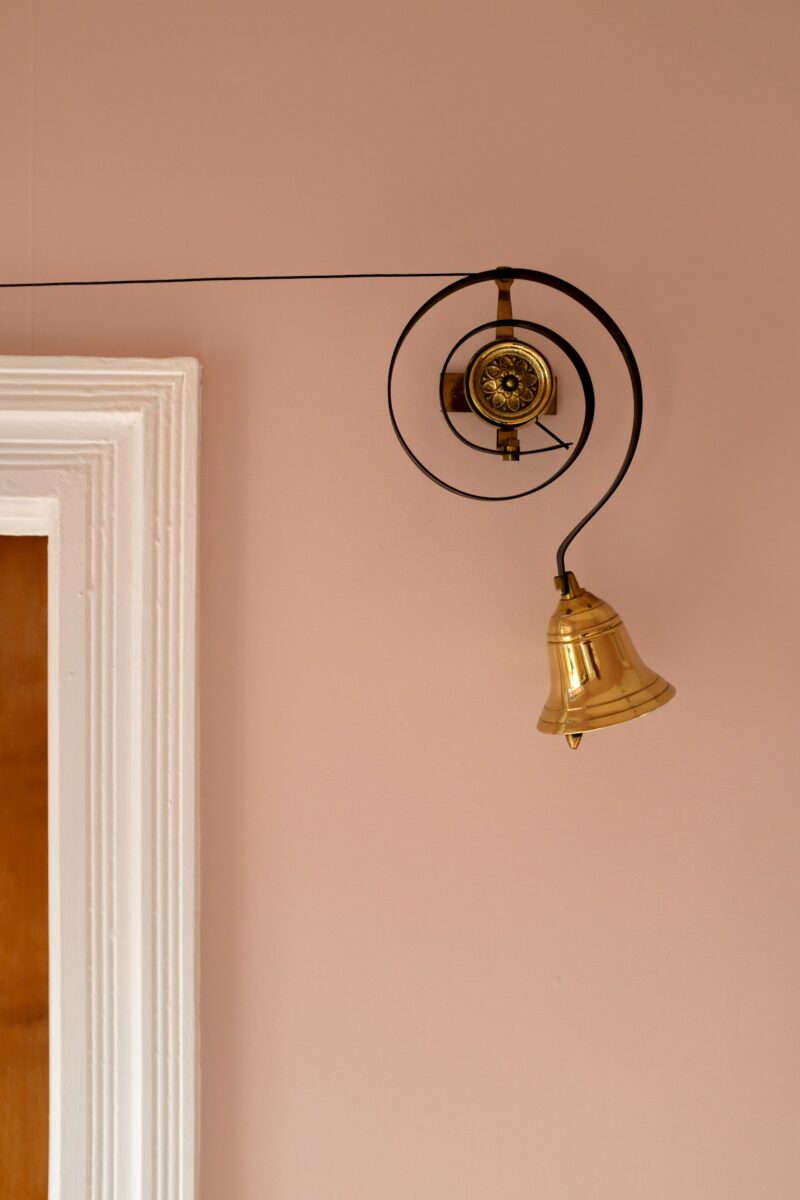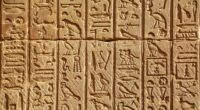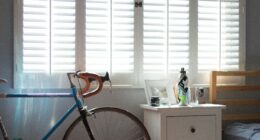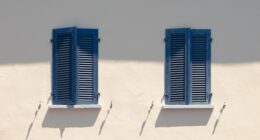Architrave is a type of molding used to frame doors and windows While skirting is a type of molding used to cover the bottom edge of walls
What is an architrave?
(Picture by Spencer Means on Flickr)
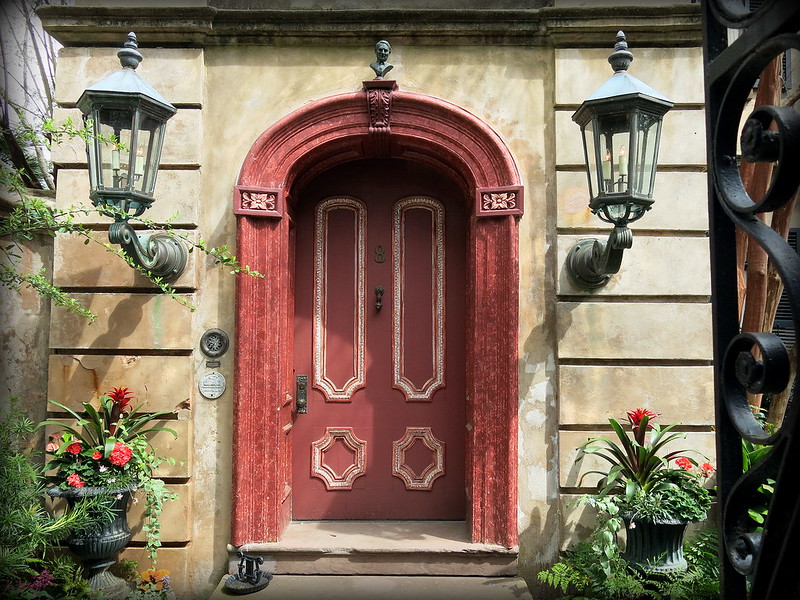
An architrave is a molded or decorated strip of wood that is used to support a door, window, or another opening. It is often used as the outermost trim piece around doors and windows. Architraves are decorative moldings that are placed around doors and windows. They can be simple or ornate, depending on the design of the home.
What is skirting?
(Image by No-longer-here from Pixabay )
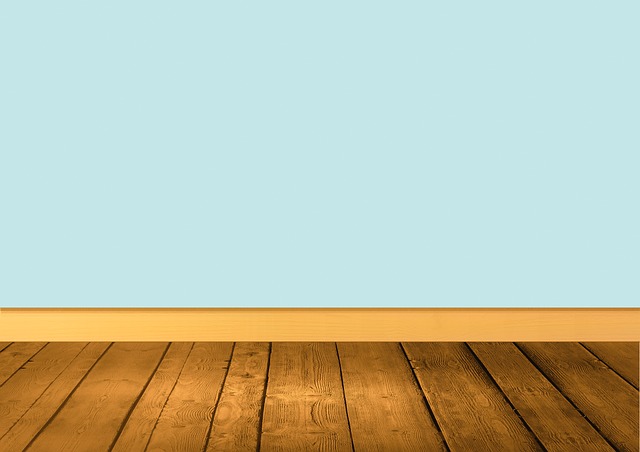
Skirting is the term used to describe the lowermost part of an interior wall. It is typically made of wood, but can also be made of other materials like stone or metal. Skirting helps to finish off the look of a room and can also help to protect the walls from damage.
Skirting is a functional element that is used to cover up the space between the floor and the wall. It helps to protect the wall from damage and also provides a finished look to a room.
What goes on first skirting or architrave?
When it comes to putting up your skirting boards and architraves, there is often confusion about which one goes on first.
When it comes to installation, the architrave is usually attached to the wall first, and then the door or window is installed on top. Skirting, on the other hand, is usually installed after the door or window trim has been put in place. That’s because skirting needs to be cut to fit around obstacles like door hinges or electric sockets.
However, there are some cases where the architrave is installed before the skirting board – but we’ll get to that later.
Why is the skirting board usually installed first? Well, it’s quite simple really. The skirting board covers the gap between the wall and the floor, which means that it needs to be in place before the architrave can be fitted.
If you try and install the architrave first, you’ll find that it doesn’t sit flush against the wall because of the skirting board being in the way. By installing the skirting board first, you create a clean surface for the architrave to be fitted against.
There are some instances where you might need to install the architrave before the skirting board though. If your skirting board is going to
When to use architrave or skirting
So when should you use each? If you’re looking for something more decorative or want to add a bit more visual interest to a space, architrave is the way to go. If you’re simply looking to finish off a wall or create a seamless transition between flooring and wall, skirting is the better option.
Both architrave and skirting can be made from a variety of materials, including wood, plaster, metal, and PVC. And while they serve different purposes, they can both be stained or painted to match your other décor.
Both are important architectural features that can add style and character to a space. When choosing between the two, it’s important to consider the overall design of the room and what will best complement it.
What are the types of architrave?
Architrave is a decorative molding that is typically placed at the top of a doorway, window, or other opening. There are several types of architraves, including:
- Plain architrave: This type of architrave is simple and does not have any decorative elements.
- Paneled architrave: This type of architrave features a central panel that is recessed or raised from the surrounding molding.
- Dentil architrave: This type of architrave features small, tooth-like blocks that are evenly spaced along the molding.
- Egg-and-dart architrave: This type of architrave features alternating egg-shaped and dart-shaped elements that are repeated along the molding.
- Beaded architrave: This type of architrave features a row of small beads or pearls that run along the edge of the molding.
- Composite architrave: This type of architrave combines different elements from various architectural styles, including Ionic, Corinthian, and Doric.
The choice of architrave depends on the architectural style of the building, the desired level of decoration, and personal preferences.
What are the types of skirtings?
Skirting, also known as baseboard, is a decorative and functional molding that is installed along the bottom of a wall where it meets the floor. There are several types of skirting, including:
- Square-edged skirting: This is a simple, plain skirting that has a straight, square edge.
- Bullnose skirting: This type of skirting has a rounded edge, which creates a softer look.
- Ogee skirting: This type of skirting has a decorative, S-shaped profile.
- Torus skirting: This type of skirting has a rounded profile with a semicircular top and a flat bottom.
- Chamfered skirting: This type of skirting has a beveled edge that creates a diagonal angle.
- Scotia skirting: This type of skirting has a concave profile that is similar to a quarter-round molding.
- Pencil round skirting: This type of skirting has a small, rounded profile that is similar to the shape of a pencil.
The choice of skirting depends on the architectural style of the building, the desired level of decoration, and personal preferences. It is important to choose a skirting that complements the overall design of the room and is proportionate to the height of the walls.
What are the advantages and disadvantages of architraves?
Architraves have both advantages and disadvantages, which are listed below:
Advantages:
- Decorative appeal: Architraves add a decorative element to doors, windows, and other openings, enhancing the overall aesthetic appeal of a room or building.
- Concealment of gaps: Architraves are useful in concealing gaps between the opening and the surrounding wall, creating a clean, finished look.
- Protection of the opening: Architraves help to protect the edges of the opening from damage, such as dents or scratches.
- Increased property value: Architraves can increase the value of a property, as they add a touch of elegance and sophistication.
Disadvantages:
- Cost: Architraves can be expensive to purchase and install, especially if they are made of high-quality materials.
- Maintenance: Architraves require regular cleaning and maintenance to keep them looking their best.
- Limited design options: Architraves are available in a limited range of designs, which may not be suitable for all architectural styles or personal preferences.
- Space limitations: Architraves can take up valuable space around the opening, which may be a concern in small rooms or narrow hallways.
The advantages of architraves generally outweigh the disadvantages, as they add value and visual interest to a building while providing protection and concealing gaps.
What are the advantages and disadvantages of skirtings?
Skirtings have both advantages and disadvantages, which are listed below:
Advantages:
- Decorative appeal: Skirtings add a decorative element to the bottom of walls, enhancing the overall aesthetic appeal of a room.
- Concealment of gaps: Skirtings are useful in concealing gaps between the wall and the floor, creating a clean, finished look.
- Protection of the wall: Skirtings help to protect the bottom of the wall from damage, such as scuffs or scratches.
- Easy installation: Skirtings are relatively easy to install, even for a novice DIYer.
- Variety of options: Skirtings are available in a wide range of styles, materials, and sizes, making it easy to find an option that complements the style of the room.
Disadvantages:
- Cost: Skirtings can be expensive to purchase and install, especially if they are made of high-quality materials.
- Cleaning and maintenance: Skirtings require regular cleaning and maintenance to keep them looking their best.
- Space limitations: Skirtings can take up valuable space along the bottom of the wall, which may be a concern in small rooms or narrow hallways.
- Obstructive: Skirtings can sometimes obstruct the placement of furniture, especially if they are too large or too close to the floor.
The advantages of skirtings generally outweigh the disadvantages, as they add value and visual interest to a building while providing protection and concealing gaps.
